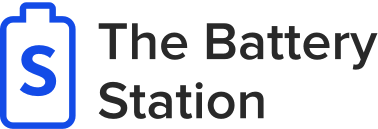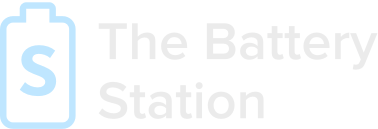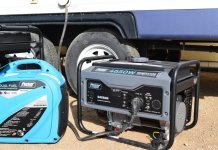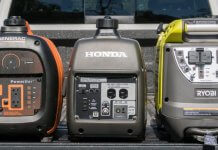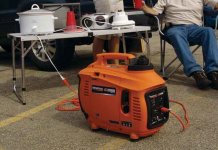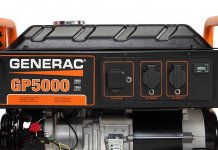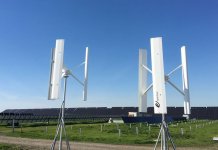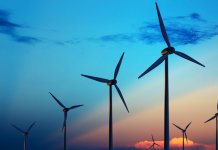How does the working principle work?</span></h3>f application</span></h3>eration-2">Principle of operation</span></h3>/span></h3>nefits">Benefits</span></span></h4>s">The appearance of the first wind generators</span></h3></b> when there is a blackout or grid is undergoing maintenance. If there is no alternative source of power, it will </span>cause us great inconvenience and discomfort</b>. Communication services like TV, cell phones, the internet will go down; refrigerators will no longer operate and maybe your favorite food will no longer be able to survive through the night, right?</span></p>
</p>
What can be done right now?</strong></p>
Create your own alternative energy source. Learn useful materials to help you build your solar panel or windmill.</span>
</span></span></p>
- Make 3D Solar Pannel at Home</li>
</li>
- Energy2Green – Has Everything You Need To Build Your Very Own Functional Windmill Or Solar Panel </div>
</li>
</ul>
Even your personal hygiene will be affected greatly, no electricity means no bathing or washed clothes. There is also a danger of theft, darkness will allure robbers and no security systems will be there to alert you. Well, if there is no light and food, the first thing that will come to your mind is to dine out, right? So what it means is that monetary loss will also increase. </span></p>
Hence, </span>who wouldn’t want a power </span>generator</span> [1]? It is </span>an inexpensive and brilliant solution to blackouts</b>. It does not matter whether you are a businessman or a student or a housewife or an elderly person, everyone needs a generator in their life. However, everyone should buy one according to their demand, </span>selecting the right generator is a very tacky and important task</b>. </span></p>
If you somehow buy a wrong one, you might end up with burned, damaged electrical appliances or with no power for some circuits or with so much power that lots of it is getting wasted. Let us walk you through the different types of power generators.</span></p>
Table of Content</p></p>
- </li></ul></div></span></p></span></b></span></b></span></span></span></span></p></span></p></li></ul></span></span></span></p></strong></div></span></b></span></span></span></h3></body></html>
Create your own alternative energy source. Learn useful materials to help you build your solar panel or windmill.</span> Even your personal hygiene will be affected greatly, no electricity means no bathing or washed clothes. There is also a danger of theft, darkness will allure robbers and no security systems will be there to alert you. Well, if there is no light and food, the first thing that will come to your mind is to dine out, right? So what it means is that monetary loss will also increase. </span></p>
Hence, </span>who wouldn’t want a power </span>generator</span> [1]? It is </span>an inexpensive and brilliant solution to blackouts</b>. It does not matter whether you are a businessman or a student or a housewife or an elderly person, everyone needs a generator in their life. However, everyone should buy one according to their demand, </span>selecting the right generator is a very tacky and important task</b>. </span></p>
If you somehow buy a wrong one, you might end up with burned, damaged electrical appliances or with no power for some circuits or with so much power that lots of it is getting wasted. Let us walk you through the different types of power generators.</span></p>
Table of Content</p></p>
</span></span></p>
